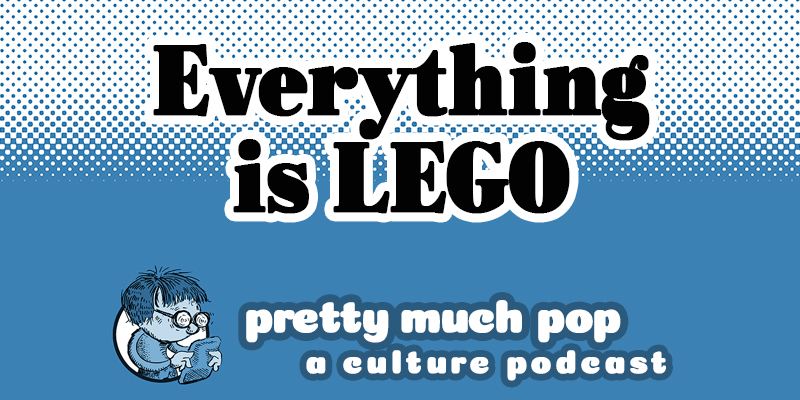Richard Feynman wasn’t just an “ordinary genius.” He was, according to mathematician Mark Kac “in his taxonomy of the two types of geniuses,” a “magician” and “a champion of scientific knowledge so effective and so beloved that he has generated an entire canon of personal mythology,” writes Maria Popova at Brain Pickings. Many a Feynman anecdote comes from Feynman himself, who burnished his popular image with two bestselling autobiographies. His stories about his life in science are extraordinary, and true, including one he tells the first seminar he gave at Princeton in 1939, attended by Wolfgang Pauli, John von Neumann, and Albert Einstein.
“Einstein,” Feynman writes in Surely You’re Joking, Mr. Feynman!, “appreciated that things might be different from what his theory stated; he was very tolerant of other ideas.” The young upstart had many other ideas. As biographer James Gleick writes, Feynman was “nearing the crest of his powers. At twenty three… there may now have been no physicist on earth who could match his exuberant command over the native materials of theoretical science.” He had yet to complete his dissertation and would take a break from his doctoral studies to work on the Manhattan Project in 1941.
Then, in 1942, Feynman submitted his thesis, Principles of least action in quantum mechanics, supervised John Archibald Wheeler, with whom Feynman shares the name of an electrodynamic theorem. Published for the first time in 2005 by World Scientific, “its original motive,” notes the publisher, “was to quantize the classical action-at-a-distance electrodynamics”—partly in response to the challenges posed to his early lectures. In order to do this, says Toby, host of the video above, “he’ll need to come up with his own formulation of quantum mechanics, and he does this by first coming up with a new formulation in classical mechanics,” which he must apply to quantum mechanics. “This turns out to be a bit of a challenge.”
Feynman himself found it insurmountable. “I never solved it,” he writes in Surely You’re Joking, “a quantum theory of half-advanced, half-retarded potentials—and I worked on it for years.” But his “field-less electrodynamics” possessed a “stupendous efficiency,” argues physicist Olivier Darrigol, that “appeared like magic to most of his competitors.” The value of this early work, says Toby, lies not in its ability to solve the problems it raises, but to come up with “a new way to approach things”—a method of continual searching that served him his entire career. He may have discarded many of the ideas in the thesis, but his “magical” thinking would nonetheless lead to later massive breakthroughs like Feynman diagrams.
Those who follow the math can do so in the fifteen-minute video walkthrough of the Feynman’s thesis—and read the thesis in pdf form here. Toby lists several sources on key concepts on the video’s YouTube page to get you up to speed. If the high-level physics flies right over your head, learn more about how Feynman’s incredible ability to learn and teach almost any subject made him such a flexible and creative thinker in Gleick’s book, Genius: The Life and Science of Richard Feynman.
Related Content:
Richard Feynman’s Technique for Learning Something New: An Animated Introduction
Richard Feynman’s “Lost Lecture:” An Animated Retelling
Josh Jones is a writer and musician based in Durham, NC. Follow him at @jdmagness


